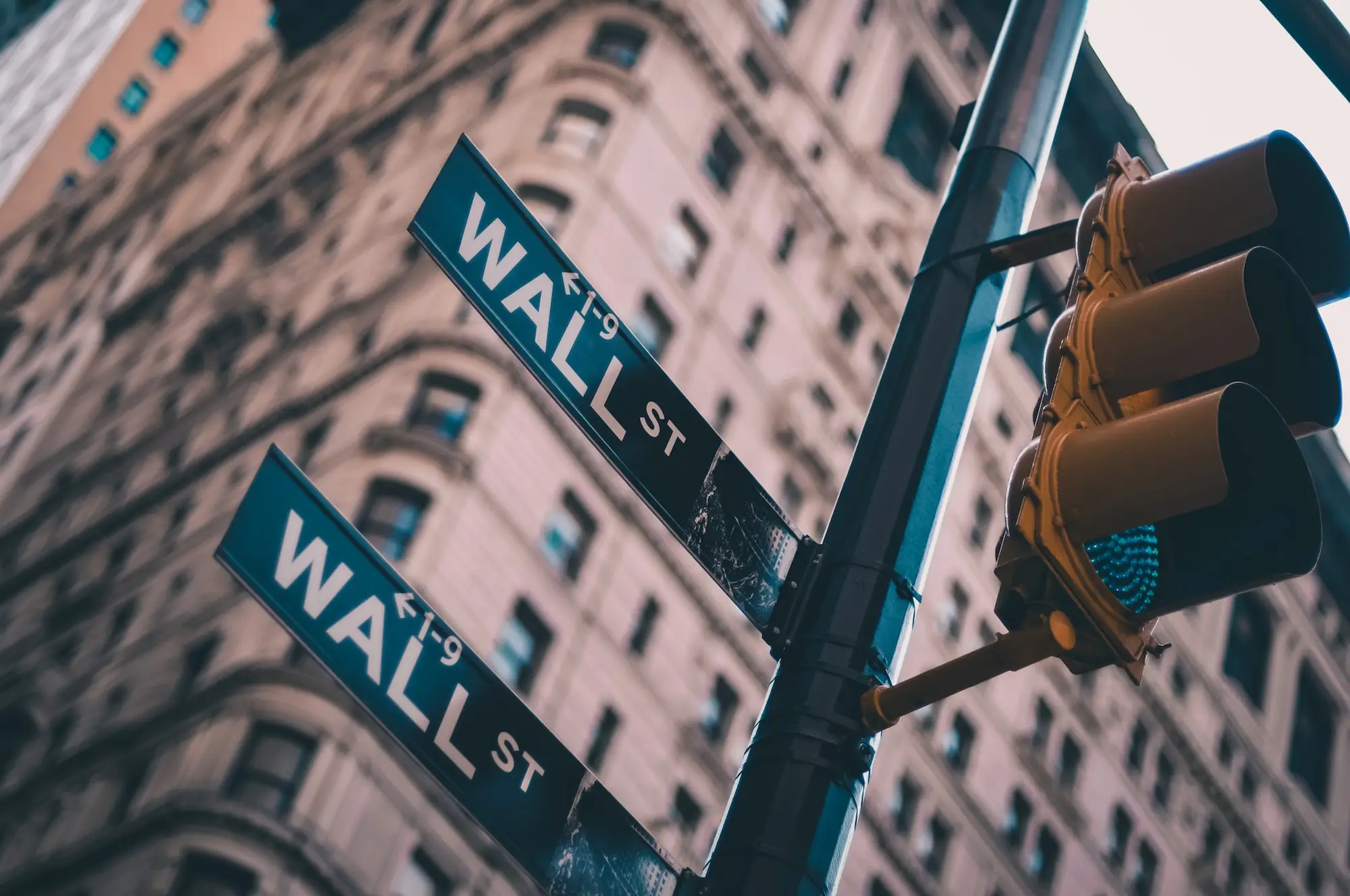What is Going on With the Federal Reserve Bailouts?
Here is our description of what is actually happening with the Federal Reserve bailing out banks.

Okay, this is a tough one, and everything is in flux. Here's how I've been explaining the situation to people in my circle. Let me just say, I talk about the positions I’ve taken in assets but this is not financial advice, just a description of what I’m doing. Also, I’m not a professional financial analyst, this is my understanding of the situation.
What’s Going on with the Banking Sector and the Fed?
So the situation with SVB is they bought these bonds that went down in value as the Fed hiked rates, because newer bonds were a better deal (6% ROI on new bonds vs 1% ROI on the bonds SVB bought). There are 2 ways to report your bond portfolio: mark-to-market value (how much is it worth right now), and hold to maturity value (how much you get back if you hold the bond until it pays out).
Banks with less than $250B are not required to mark their assets to market, so their asset values haven't been updating as their real-time value declined. Here’s what happened since SVB failed:
- The fed printed $300B. That's a small-medium amount, but it signals a HUGE shift from the Fed, where they’re actively trying to decrease their balance sheet.
- This $300B was printed because the banks said they needed help immediately (even though it was really just free money, so why not take it). Printing this money is a weaker signal than the news makes it out to be.
- A recent Columbia University study has the hold-to-maturity losses for the entire market at $2 TRILLION. Everyone is seeing 10%-20% losses on their hold-to-maturity portfolios. This is a big deal. The total Fed balance sheet at the peak was roughly $9T. The Fed’s brutal tightening in 2022 and early this year got that balance down to $8.3T. But we just printed that number back up to $8.6T. Their new program allows us to get past the covid peak.
All of this to say that the bank runs and banking sector stress isn't over, it isn't almost over, and we aren't sure of what impacts it will have.
My personal belief is that rate hikes will be halted for the foreseeable future, and I think there is a really good chance we see some rate declines. The Fed basically has to decide between decreasing their balance sheet or lowering interest rates. Increasing the balance sheet is a band-aid that prevents the banking liquidity crisis short term by injecting more liquidity (they're technically 1 year loans, but they'll just expand them then if the banks aren't healthy), and decreasing the interest rates increases the value of all hold-to-maturity bonds, which decreases their mark-to-market losses.
Printing more money directly causes inflation, decreasing interest rates indirectly "causes" inflation.
So what do we do with this knowledge? Well the big winners from decreasing interest rates and increasing monetary base are high-risk assets, such as growth stocks, tech stocks, and cryptocurrencies.
My personal actions have been call options on banks and spot purchases of safer banks (calls on Charles Schwab and purchases of JP Morgan Chase), coupled with buying spot Bitcoin.
Bitcoin will capture most of that value from decreased interest rates, banking instability, and increasing monetary supply. I don’t think JPM will go under, so I view holding spot in that bank to be solid long term (I plan to never sell it, and treat it as a short term hedge). Schwab options took too big of a beating, assuming it doesn't die. If the banking sector skates on through, Schwab is in a good position to capture that regained security.
Banking coming out unscathed would hurt high-risk growth in assets like BTC.
Columbia University Banking Strength Abstract
Finally, I just want to drop in the full abstract from the Columbia University study I cited above. It has some really interesting insights that give a good picture of the current risk in banking. Here’s the abstract with paragraph breaks added by This Morning On Chain:
We analyze U.S. banks’ asset exposure to a recent rise in the interest rates with implications for financial stability.
The U.S. banking system’s market value of assets is $2 trillion lower than suggested by their book value of assets accounting for loan portfolios held to maturity. Marked-to-market bank assets have declined by an average of 10% across all the banks, with the bottom 5th percentile experiencing a decline of 20%.
We illustrate that uninsured leverage (i.e., Uninsured Debt/Assets) is the key to understanding whether these losses would lead to some banks in the U.S. becoming insolvent-- unlike insured depositors, uninsured depositors stand to lose a part of their deposits if the bank fails, potentially giving them incentives to run.
A case study of the recently failed Silicon Valley Bank (SVB) is illustrative. 10 percent of banks have larger unrecognized losses than those at SVB. Nor was SVB the worst capitalized bank, with 10 percent of banks having lower capitalization than SVB. On the other hand, SVB had a disproportional share of uninsured funding: only 1 percent of banks had higher uninsured leverage.
Combined, losses and uninsured leverage provide incentives for an SVB uninsured depositor run. We compute similar incentives for the sample of all U.S. banks.
Even if only half of uninsured depositors decide to withdraw, almost 190 banks are at a potential risk of impairment to insured depositors, with potentially $300 billion of insured deposits at risk. If uninsured deposit withdrawals cause even small fire sales, substantially more banks are at risk.
Overall, these calculations suggest that recent declines in bank asset values very significantly increased the fragility of the US banking system to uninsured depositor runs.
